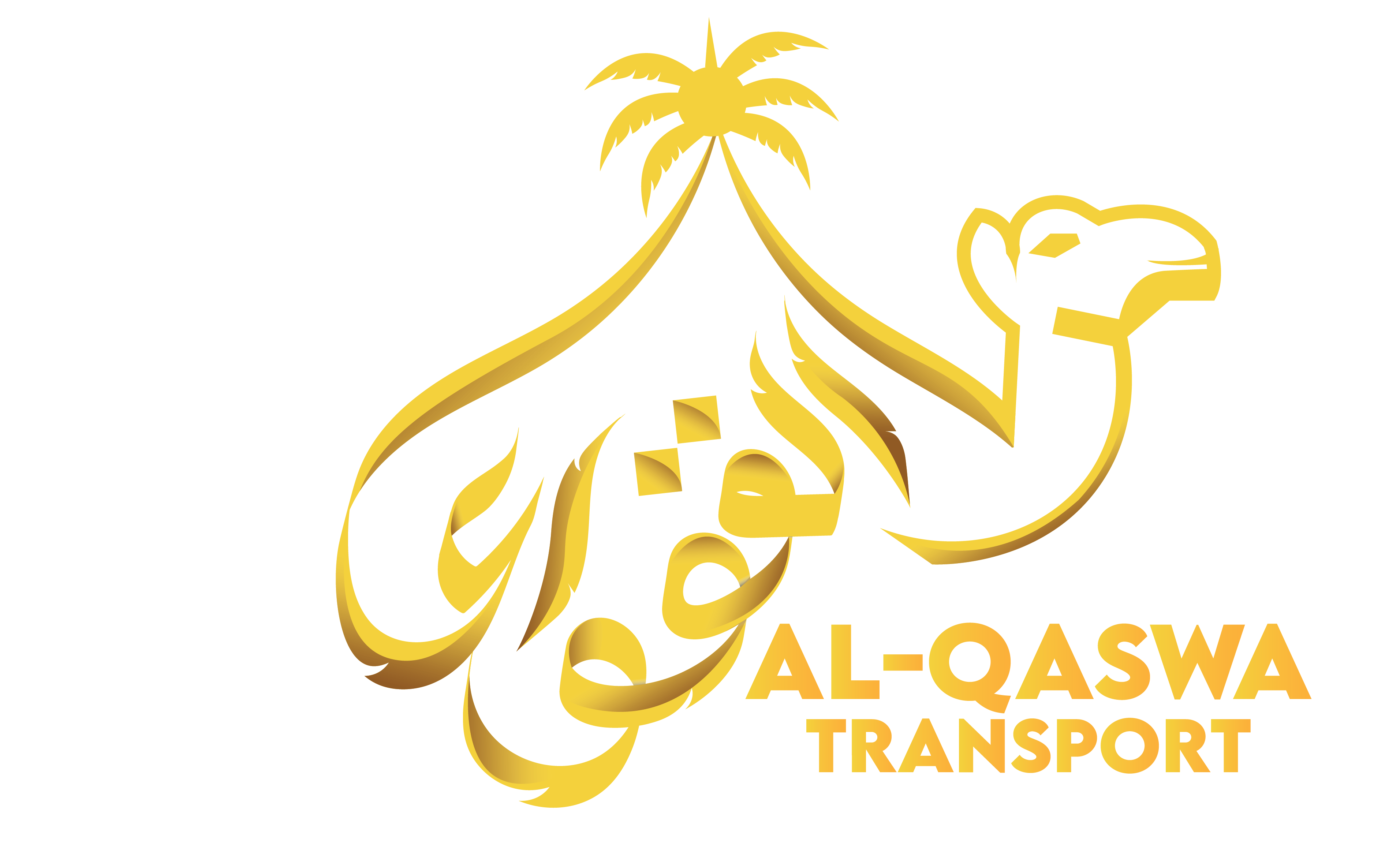Madinah, also known as Al-Madinah Al-Munawwarah, is the second holiest city in Islam after Makkah. It is the city of Prophet Muhammad (PBUH) and home to Masjid an-Nabawi, where his blessed tomb is located. Madinah is filled with historical sites that hold immense spiritual and historical significance. Performing Ziyarah in Madinah allows pilgrims to connect with the Prophet’s (PBUH) life, his companions, and the early days of Islam.
- Masjid an-Nabawi (The Prophet’s Mosque)
- Jannat al-Baqi (Baqi al-Gharqad Cemetery)
- Masjid QubaMasjid al-Qiblatain (The Mosque of Two Qiblas)
- Uhud Mountain & the Site of the Battle of Uhud
- Masjid al-GhamamaMasjid Abu Bakr (RA)
- Masjid Umar ibn al-Khattab (RA)
- Masjid Ali ibn Abi Talib (RA)
- The Seven Mosques (Sab’a Masajid)
- Wadi al-Baida (Valley of Baida)
- The Magnetic Hill
- The Garden of Salman al-Farsi (RA)
- Bir Shifa (Well of Healing)
1. Masjid an-Nabawi (The Prophet’s Mosque)
Location: Central Madinah
Significance: The second holiest mosque in Islam, built by Prophet Muhammad (PBUH) himself.
- The Green Dome: The dome beneath which the tombs of Prophet Muhammad (PBUH), Abu Bakr (RA), and Umar (RA) are located.
- Riyadhul Jannah: A small area inside the mosque described by the Prophet (PBUH) as “a garden from the gardens of Jannah.”
- Minbar of the Prophet (PBUH): The pulpit from where he used to deliver his sermons.
- Mihrab of the Prophet (PBUH): The place where he used to lead prayers
2. Jannat al-Baqi (Baqi al-Gharqad Cemetery)
Location: Adjacent to Masjid an-Nabawi
Significance: The final resting place of many of the Prophet’s (PBUH) family members, companions, and early Muslims.
Notable people buried here include:
- Imam Hasan (RA) – Grandson of the Prophet (PBUH).
- Fatimah (RA) – Daughter of the Prophet (PBUH) (some sources suggest her burial here).
- Ahlul Bayt (Family of the Prophet PBUH) – Including many of his wives and children.
- Sahaba (Companions) – Such as Uthman ibn Affan (RA), the third Caliph.
3. Masjid Quba
Location: About 5 km from Masjid an-Nabawi
Significance: The first mosque in Islam, built by the Prophet (PBUH) upon his arrival in Madinah.
- It is mentioned in the Quran (Surah At-Tawbah 9:108) as a mosque founded on piety.
- Praying two Rak’ahs here is equal to the reward of an Umrah.
4. Masjid al-Qiblatain (The Mosque of Two Qiblas)
Location: 4 km from Masjid an-Nabawi
Significance: The mosque where the Qibla (direction of prayer) changed from Jerusalem to the Kaaba in Makkah.
- This event is mentioned in Surah Al-Baqarah (2:144).
- The mosque originally had two mihrabs, but now only one faces Makkah.
5. Uhud Mountain & the Site of the Battle of Uhud
Location: 5 km from Madinah
Significance: The site of the second major battle in Islam, where the Muslim army fought against the Quraysh.
- The Grave of Hamza (RA), the Prophet’s uncle and leader of the martyrs, is located here.
- Seventy companions were martyred in this battle and are buried at Martyrs of Uhud Cemetery.
- The Prophet (PBUH) said: “Uhud loves us, and we love Uhud.”
6. Masjid al-Ghamama
Location: Near Masjid an-Nabawi
Significance: The mosque where Prophet Muhammad (PBUH) performed the Eid Salah and Istisqa (rain prayer).
- It is named after the cloud (ghamama) that shaded the Prophet (PBUH) during prayer.
7. Masjid Abu Bakr (RA)
Location: Near Masjid al-Ghamama
Significance: Built at the place where Abu Bakr (RA), the first Caliph, used to lead Eid prayers.
- A historic site connected to the early days of Islam.
8. Masjid Umar ibn al-Khattab (RA)
Location: Near Masjid Abu Bakr (RA)
Significance: Associated with Umar ibn al-Khattab (RA), the second Caliph of Islam.
- He is known for his justice and leadership in expanding the Islamic empire.
9. Masjid Ali ibn Abi Talib (RA)
Location: Near Masjid al-Ghamama
Significance: Linked to Ali ibn Abi Talib (RA), the fourth Caliph and cousin of the Prophet (PBUH).
- A place of historical importance for those who follow the legacy of the Ahlul Bayt.
10. The Seven Mosques (Sab’a Masajid)
Location: Near the site of the Battle of the Trench (Ghazwat al-Khandaq)
Significance: These mosques mark locations where the Prophet (PBUH) and his companions stationed themselves during the battle.
The main mosques include:
- Masjid Salman al-Farsi (RA) – Named after the companion who suggested digging the trench.
- Masjid Umar (RA) – Linked to Umar ibn al-Khattab (RA).
- Masjid Ali (RA) – Linked to Ali ibn Abi Talib (RA).
11. Wadi al-Baida (Valley of Baida) – The Magnetic Hill
Location: About 30 km from Madinah
Significance: Known as the magnetic hill, where vehicles appear to move uphill without acceleration.
- Many pilgrims visit to witness this natural phenomenon.
12. The Garden of Salman al-Farsi (RA)
Location: Near Masjid Quba
Significance: The place where Salman al-Farsi (RA) planted date palms with his own hands to earn his freedom from slavery.
- The Prophet (PBUH) also participated in planting the trees.
Bir Shifa (Well of Healing)
Location: Near Madinah
Significance: A well from which the Prophet (PBUH) used to drink water.
- Some believe its water had healing properties.
